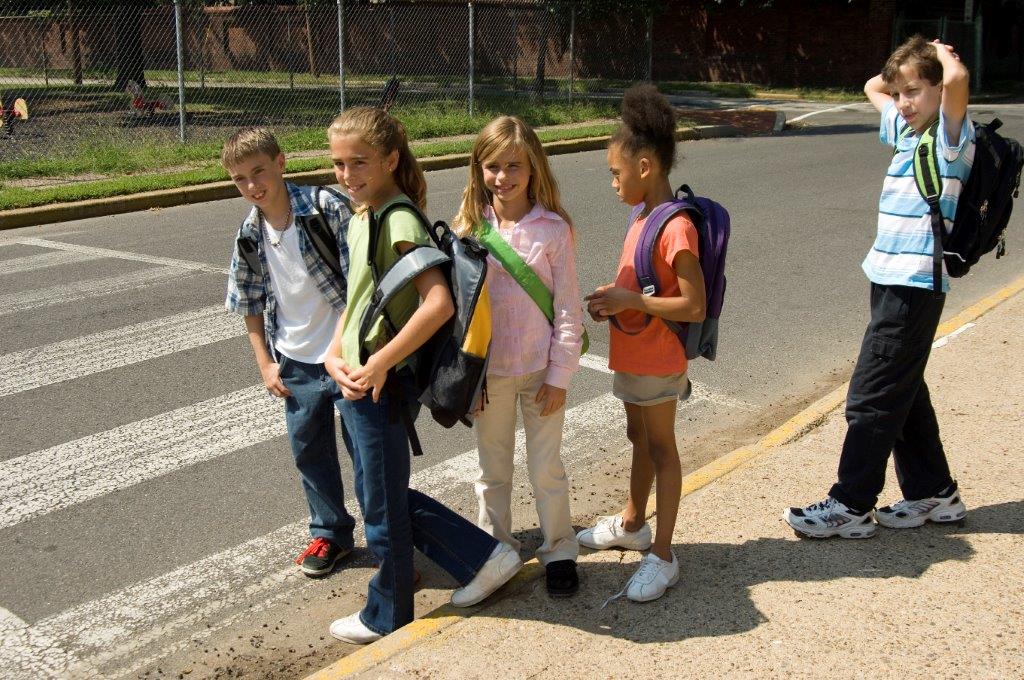Kinneil Museum is located in the 17th century stable block of Kinneil House and acts as an interpretative centre for Kinneil Estate.
The exhibition 2,000 Years of History tells the story of the park from Roman times to the present day.
Antoninus Pius, St Serf, Mary, Queen of Scots and James Watt are among the many historical characters associated with the estate.




